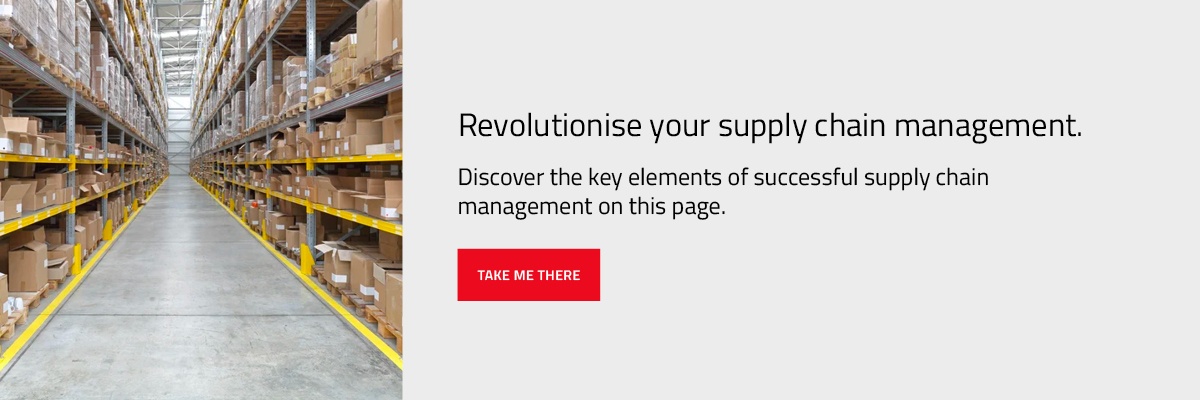Supply chain surplus, also known as supply chain profitability, is a common term that relates to the added value created in different areas of an organisation’s supply chain.
The greater the supply chain surplus, the more successful the supply chain. To increase supply chain surplus, there are several strategies organisations should incorporate into their operation. These include:
Audit your supply chain
A supply chain forms the backbone of every successful organisation. It needs to be efficient, cost-effective and stay close to the competition.
For this to happen, a supply chain should never stand still. Instead, different elements should be regularly optimised to ensure it performs to the maximum.
However, before this can be done, you must audit your supply chain to establish what is working and what needs improvement.
This is key to achieving a supply chain surplus. There are several questions you should ask yourself when running your audit. These include:
- Is our supply chain resilient? Do we have backup plans in place for critical vendors?
- Does our procurement process consider location as a factor when choosing suppliers?
- Do we have a process in place that tracks delivery timeliness and commitments?
- Are we running quality checks on goods and materials received from suppliers?
- How are we reporting on quality issues?
- Are we tracking errors and breakages?
To run a successful audit, you need data. This will allow you to measure the performance of different areas of your supply chain.
For example, you might decide to analyse your truck fleet to determine how much it contributes to your business’s profitability.
With I_Site fleet management, all of this is possible. Discover how to reach a new level of productivity and maximise supply surplus with this powerful tool here. Download a copy of our supply chain profitability playbook for more insight into conducting a supply chain audit and how to best prepare yourself before doing one.
Optimise different areas of your supply chain
Once you have successfully run your supply chain audit, you can optimise various areas of your supply chain. To achieve supply chain surplus, you should focus on operating costs and ways to reduce these.
Five primary drivers of supply chain costs are investment, transportation, procurement, production and inventory costs. Solutions, including automation, are available to help you reduce these costs, which we discuss in more detail in the next section.
Data is the most valuable resource for optimising your supply chain because it provides a single source to aid decision-making. Therefore, you should invest in a Warehouse Management System (WMS) that can track information and present analytics on a dashboard.
Embrace more automated solutions
Regarding the supply chain, automation involves adopting digital technology to improve efficiencies, connect applications and streamline processes. Although many areas of an organisation benefit from automation, one of the most obvious is your warehouses.
Warehouse operations include repetitive tasks such as inventory management, supply chain tracking and operating heavy equipment. Automating these tasks can enable companies to achieve better productivity, worker safety, sustainability and cost efficiency.
Some examples of warehouse automation your organisation could benefit from include:
Automated Guided Vehicles (AGVs)
By introducing AGVs to an operation, warehouses will reduce errors and breakages across the supply chain. Ultimately, this will drive down costs and prevent the loss of time and productivity, which can negatively impact a business' bottom line.
Supply planning & inventory automation
Automated solutions can also help you manage your inventory better, reduce costs and use working capital. Download our insightful resource to find out more about the power of automation and the benefits it can offer.
Evaluate your suppliers
Another step to improve and maximise supply chain surplus is evaluating supplier relationships.
These relationships are vital in ensuring your supply chain operation runs efficiently. Therefore, there are certain factors you should consider:
Communication
Communication is crucial when building strong relationships with your suppliers. Without good communication, the relationship is doomed to fail. How receptive are your suppliers? Do they answer your emails in an appropriate amount of time?
Good suppliers are responsive; if yours are not, you should consider moving on and working with someone different.
Reliability
You need to work with trustworthy suppliers to do a good job. If a supplier regularly fails to fulfill your purchase orders or delivers delayed shipments, it will impact your supply chain profitability.
A quick way to improve your supply chain would be to cut ties with suppliers who have regularly let you down and been unreliable on numerous occasions.
Speed
To maximise your supply chain, you should consider how fast your suppliers can process and ship your orders once they are completed. Delayed orders mean goods get to your customers later, which can impact your reputation and make customers want to purchase from you again.
These are just a few strategies and tactics you can implement to maximise supply chain surplus. We have collated more guidance and valuable insight by downloading our supply chain profitability playbook.
Your path to building a profitable supply chain starts here
Effective supply chain management is key to making your organisation more profitable. But how do you make that happen?
Look no further. We have created a supply chain profitability playbook that delves into the most effective strategies you can embrace to see your profit margins go in one direction. The right one.
Access your copy for life below.


